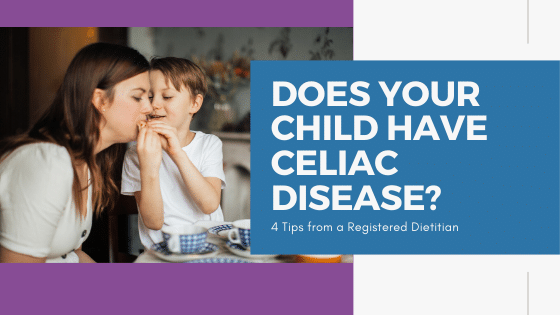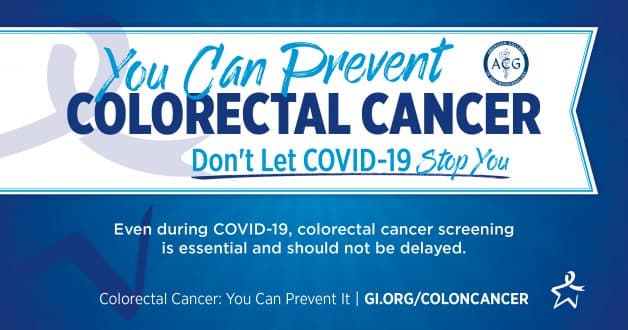4 Things to Do If Your Child Has Celiac Disease
If your child has recently been diagnosed with celiac disease, you may be feeling overwhelmed with everything you need to do. What are you going to pack them for lunch? What if one of their teachers gives them gluten? What is gluten?
While all of these questions are valid concerns, it’s important to give yourself grace while helping your child transition to a gluten-free lifestyle. These steps will make sure you and your family are educated on life with celiac disease and give you peace of mind when your child is out of the house.
1. Meet with a registered dietitian
When you find out that your child has celiac disease and can’t eat gluten anymore, one of the first concerns you may have is figuring out what they can eat. This is where a registered dietitian (RD) comes in!
Part of your sessions with the RD will be learning about what foods contain gluten so you can make sure that your child is avoiding these foods and ingredients. Another essential part of the nutrition counseling will include discussing swaps for gluten-containing foods.
The RD will help you put together a plan so you know exactly what to feed your child in order to meet their nutritional needs while also avoiding gluten.
2. Keep a gluten-free home
Unless your child has an allergy, they will not go into anaphylaxis if they have celiac disease. That being said, trace amounts of gluten from cross-contamination are something to be concerned about when feeding your child.
Additionally, it can be easy to accidentally mix up your child’s gluten-free sandwich with your other child’s regular sandwich when packing lunches.
Because of these risks, it’s a good idea to consider converting your home into a gluten-free home. Since there are now so many great replacements for gluten-containing foods, your other children (and significant other) may not even notice!
3. Educate teachers and other parents
Even if you are controlling everything your child eats at home, you still have to consider how to keep your child gluten-free outside of the house.
The first step is setting up a meeting with your child’s teacher, principal, and at least one member of the school who is involved in lunch (lunch aid, food service manager, etc.) Explain the situation to them and be ready to educate them on exactly what your child can and cannot eat. Your child’s RD can help you create a written handout to prove them with. This same handout can also be given to parents when your child goes to a friend’s house for a playdate.
4. Watch out for hidden gluten
While bread, pasta, and baked goods are easy-to-spot sources of gluten, there are some sources that can be harder to pick out.
Lesser-known sources of gluten include: barley, rye, beer, broths, certain candies, breaded foods, soy sauce, and veggie burgers.
It’s important to look for a gluten free label on packaged products and when in doubt, you may need to call the company to confirm that a product is gluten-free.
All this information may seem new to you right now, but you will soon become an expert in gluten-free living. Once your child is old enough to start becoming aware of their need to avoid gluten, you can start transitioning the responsibility of avoiding gluten to them.
Katelyn Collins, RD is a registered dietitian specializing in irritable bowel syndrome (IBS) and digestive health. Katelyn’s personal experience with IBS first sparked her passion for nutrition and health. Since then, she has been a vocal advocate for the digestive health community and has dedicated her own nutrition practice to serving those with digestive conditions.
Listen to our
latest Podcast!







